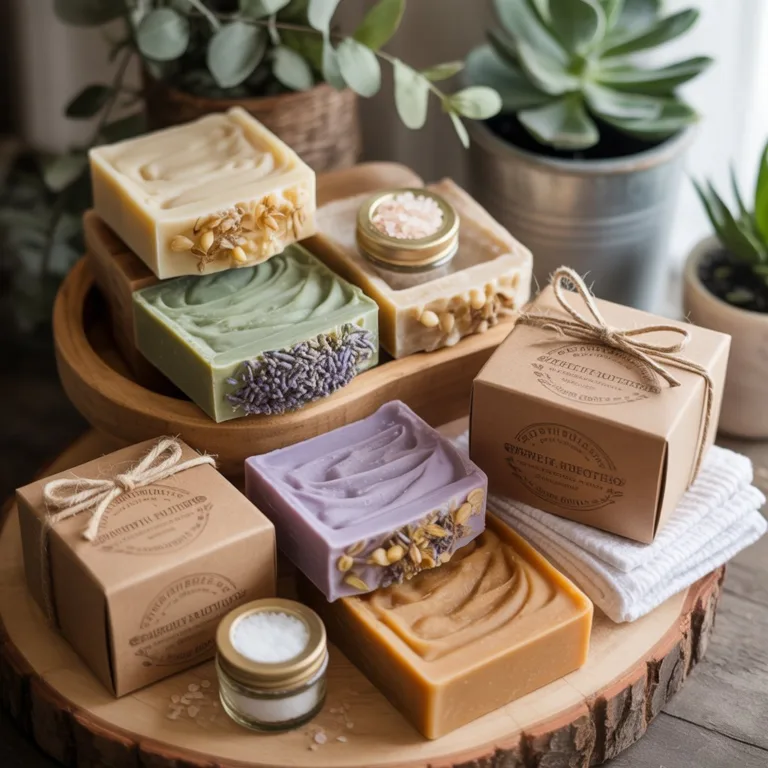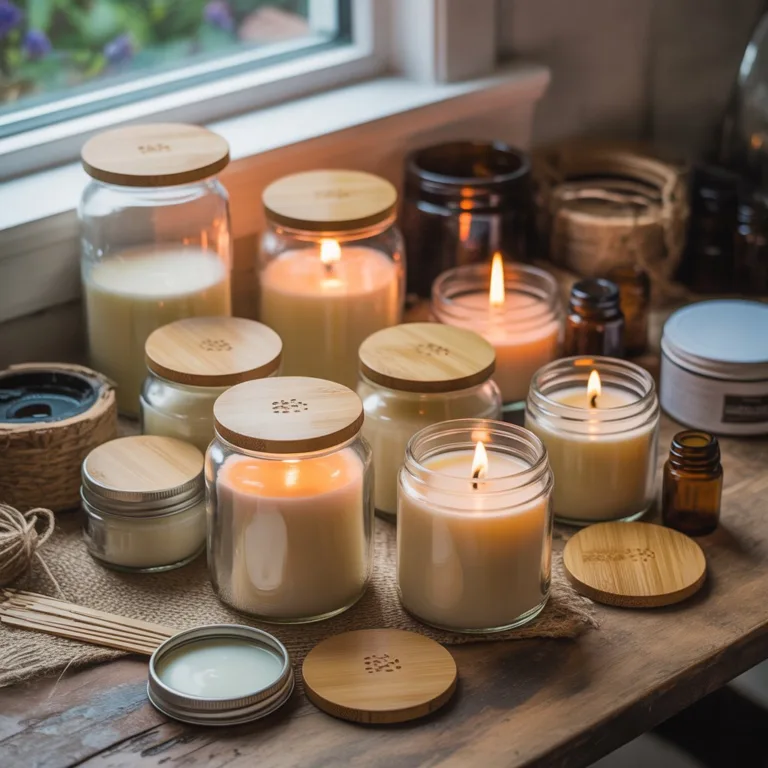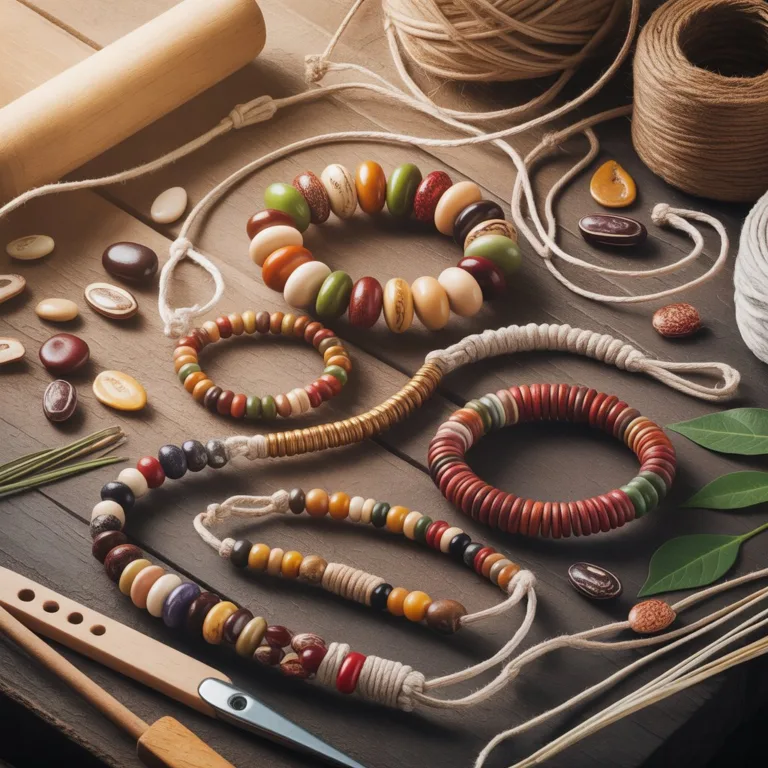There’s something timeless about the feel of a notebook — the texture of the paper, the sound of pages turning, the personal connection between thought and material. In an increasingly digital world, handmade notebooks remind us to slow down, to write with intention, and to craft with care. When you create handcrafted notebooks with recycled paper covers, you’re doing more than making stationery — you’re practicing sustainability, creativity, and mindfulness all at once.

These notebooks are not only functional but also artistic expressions of eco-conscious living. Using recycled paper and reclaimed materials transforms waste into beauty, encouraging us to think differently about what we throw away. Whether you’re an artist sketching ideas, a writer filling pages with dreams, or a student looking for an eco-friendly alternative, crafting your own recycled notebooks brings joy and purpose to something as simple as taking notes.
The Meaning and Value of Handmade Notebooks
Handcrafted notebooks embody a spirit of simplicity and authenticity that mass-produced stationery lacks. Each page, texture, and detail reflects the maker’s hand and creativity. The irregularities — a slightly uneven edge, a textured paper grain, or a visible fiber — tell a story of care and individuality.
Beyond their charm, handcrafted notebooks with recycled paper covers serve an important environmental purpose. They help reduce paper waste, promote reuse, and encourage sustainable design thinking. Each notebook you make keeps discarded materials out of landfills, conserves resources, and inspires others to value handmade goods over disposable alternatives.
Creating your own notebooks also connects you to ancient traditions of bookbinding and papermaking. For centuries, artisans have crafted journals and manuscripts by hand, treating each one as both a tool and a work of art. Reimagining that craft with recycled materials bridges the past and present, reminding us that sustainable design isn’t new — it’s rooted in respect for materials and mindfulness in creation.
Choosing the Right Materials for Your Eco Notebook
The heart of this project lies in your choice of materials. Since sustainability is the focus, sourcing eco-friendly, reclaimed, or biodegradable materials is key.
Recycled Paper
For the inner pages, you can use any type of recycled or repurposed paper — leftover printer sheets, packaging inserts, old notebooks, or even brown paper bags. Mixing different paper types can create a textured, visually interesting notebook. If you want a cleaner finish, consider paper made from post-consumer waste or handmade paper sold by local artisans.
Recycled Paper Covers
The cover is where creativity shines. Materials you can reuse include:
- Cereal or snack boxes: Their thin but sturdy cardboard makes perfect covers.
- Old greeting cards or postcards: Great for smaller notebooks.
- Used folders or file dividers: Often colorful and durable.
- Packaging cardboard: Adds strength and a rustic aesthetic.
You can decorate these covers using water-based paints, stamps, eco-inks, or pressed flowers. Keeping embellishments natural helps maintain the eco-friendly spirit.
Binding Materials
Binding can be simple or intricate, depending on your tools and skills. Eco options include:
- Natural jute or hemp twine instead of synthetic thread.
- Cotton yarn or linen thread for durable binding.
- Recycled ribbons or strips of old fabric for a soft, artistic touch.
Using materials already available at home reinforces the sustainable goal — no need to buy new supplies.
Designing the Notebook Layout
Before assembling, plan your notebook’s size, number of pages, and intended use.
- Mini notebooks (A6 or smaller) are perfect for daily notes or to-do lists.
- Medium notebooks (A5 size) work well as journals or sketchbooks.
- Larger notebooks (A4) are ideal for projects, scrapbooks, or educational purposes.
For a rustic aesthetic, leave some rough edges or visible stitching. For a more polished look, trim edges neatly and align corners with precision. Both approaches have their charm — the first celebrates handmade authenticity, the second reflects craftsmanship and order.
You can also create themed notebooks — for example, one made entirely from brown kraft paper for nature sketches, or one using colorful magazine pages for creative journaling.
Preparing and Cutting the Paper
Sustainable crafting begins with preparation. Gather all your paper materials and flatten them if wrinkled. Remove any staples, tape, or sticky residue.
To ensure uniformity, cut or fold the sheets to your chosen size. A ruler and craft knife work best for clean edges, though scissors can achieve a more organic look. Stack the pages evenly and tap them against a flat surface to align them.
For covers, measure slightly larger than the page size — around 3 to 5 millimeters extra on each side gives a balanced border. If you’re using thin cardboard, consider doubling it for more durability.
Binding Techniques for Handcrafted Notebooks
Binding is what gives your notebook strength and personality. There are several eco-friendly and simple techniques you can use, even without special tools.
Pamphlet Stitch Binding
A classic and easy method that uses one piece of thread or twine to secure pages. Punch three holes along the spine — one in the middle and one near each end — and thread through in a figure-eight pattern. This method works beautifully for small to medium notebooks and lies flat when opened.
Japanese Stab Binding
A more decorative option perfect for visible stitching. Punch four or more evenly spaced holes near the spine edge, then weave your thread or ribbon through the holes in a looping pattern. This technique adds visual interest and strength.
Coptic Stitch Binding
For advanced crafters, this open-spine method connects multiple paper signatures together with exposed stitching, allowing the notebook to lay completely flat. When done with linen or hemp thread, it looks elegant and organic.
Whichever technique you choose, keep your stitches consistent and tension even. The goal is balance — a notebook that’s both sturdy and flexible.
Decorating the Recycled Paper Cover
This is where your creativity takes center stage. Decorating the cover transforms the notebook from a simple object into something uniquely yours.
Here are some eco-friendly decoration ideas:
- Natural Dyes and Paints: Use vegetable-based colors like beet juice, turmeric, or coffee for earthy tones.
- Pressed Flowers and Leaves: Laminate them under a thin layer of eco-friendly glue for a natural look.
- Recycled Fabric Scraps: Create patchwork designs or cloth corners.
- Stamped Patterns: Use carved potatoes, corks, or handmade stamps dipped in non-toxic ink.
- Minimalist Drawings or Calligraphy: A few hand-drawn lines or a quote can give personality without clutter.
If you prefer a smooth finish, coat your cover with a thin layer of biodegradable sealant or beeswax polish. This protects the paper and adds a pleasant tactile feel.
Adding Personal Touches
Your handcrafted notebook with recycled paper covers becomes even more special when infused with personal meaning. Add a pocket inside the back cover for keepsakes, or use fabric scraps to create a built-in bookmark.
You can also experiment with mixed media — combining old magazine clippings, handwritten notes, or recycled envelopes for unique pages. Some crafters like to integrate transparent overlays, such as thin parchment or tracing paper, between sheets to add layers of texture and depth.
If you’re making the notebook as a gift, personalize it further by printing the recipient’s initials, writing a meaningful message inside, or using pages from materials that hold sentimental value — such as a reused calendar or family letter.
Teaching and Sharing the Craft
Creating handcrafted notebooks with recycled paper covers is also an excellent educational or community activity. It teaches patience, creativity, and environmental awareness — valuable lessons for all ages.
Schools can use this project to teach children about recycling and design while encouraging fine motor skills. Workshops and community art programs can promote sustainability through creative collaboration. Even within families, this craft provides a wonderful bonding opportunity — a way to spend quality time making something both beautiful and useful.
Encourage participants to experiment with local materials — fallen leaves, paper scraps from offices, or old packaging. Each notebook then reflects its maker’s environment and creativity, turning local waste into global inspiration.
The Environmental Impact of Recycled Crafting
Beyond creativity, the process of making recycled notebooks has tangible ecological benefits. Every notebook you craft means less deforestation, fewer greenhouse gas emissions, and less waste entering the environment.
Recycled paper production consumes about 60% less energy and 50% less water than making paper from virgin pulp. By reusing existing paper, you help conserve resources and minimize pollution from bleaching and processing.
Even small actions — such as choosing biodegradable glue or using renewable thread — make a difference. When multiplied across communities, handmade crafts like these form a movement toward conscious consumption and circular design.
Your handcrafted notebook becomes more than stationery; it becomes a symbol of your values — a statement that art and responsibility can coexist beautifully.
Combining Tradition with Modern Sustainability
The beauty of this project lies in how it merges old-world craftsmanship with modern environmental ideals. Bookbinding has existed for over a thousand years, and artisans throughout history valued durability and resourcefulness. Today, those same principles apply through the lens of sustainability.
Using recycled materials continues that legacy while addressing current ecological challenges. The tools may be simpler, and the materials humbler, but the philosophy remains the same — creating something enduring, meaningful, and respectful of the Earth.
When you flip through the pages of a handmade notebook, you can almost feel that lineage of creativity. It’s a quiet act of resistance against mass production and waste — proof that art can still be slow, thoughtful, and sustainable.
Expanding the Craft Beyond Notebooks
Once you’ve mastered the art of making handcrafted notebooks with recycled paper covers, countless creative possibilities open up. The same techniques can be applied to other eco-friendly paper crafts such as:
- Handmade journals or sketchbooks
- Recycled paper greeting cards
- Scrapbooks or memory albums
- Mini art zines
- Recycled paper planners
You can even collaborate with local artisans or schools to create community collections, teaching others how to turn discarded materials into functional beauty.
These projects don’t just make practical items — they inspire a mindset of reuse, appreciation, and creative sustainability that extends into daily life.
Living Mindfully Through Handmade Creations
Crafting with recycled materials reminds us to slow down and appreciate the process. It’s not just about making an object; it’s about engaging with our environment in a respectful, intentional way.
When you take the time to fold, cut, stitch, and polish, each motion becomes meditative. The final notebook carries the energy of patience and care. In a world of fast production and fleeting trends, this process becomes an act of mindfulness — a way to reconnect with our hands, our creativity, and the Earth.
So, gather your recycled papers, find that box of old cardboard, and begin crafting. You might discover that your next favorite notebook isn’t bought in a store, but made with your own hands — a symbol of creativity, sustainability, and the simple joy of making something that lasts.

Lucas Hartman is a DIY enthusiast and sustainability advocate focused on natural crafts and eco-friendly home décor. With a background in arts and design, Lucas creates tutorials that help families and hobbyists transform everyday recycled or organic materials into beautiful, functional projects.



